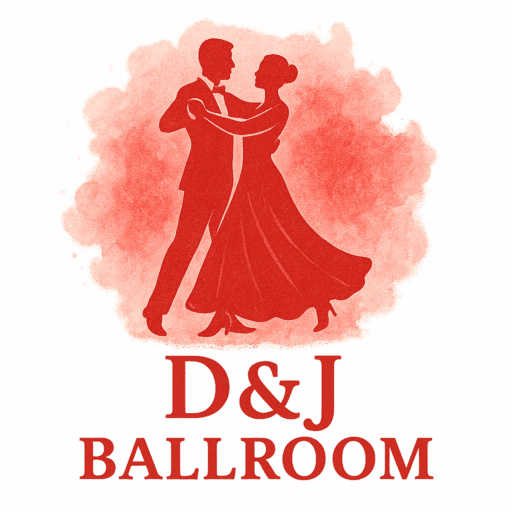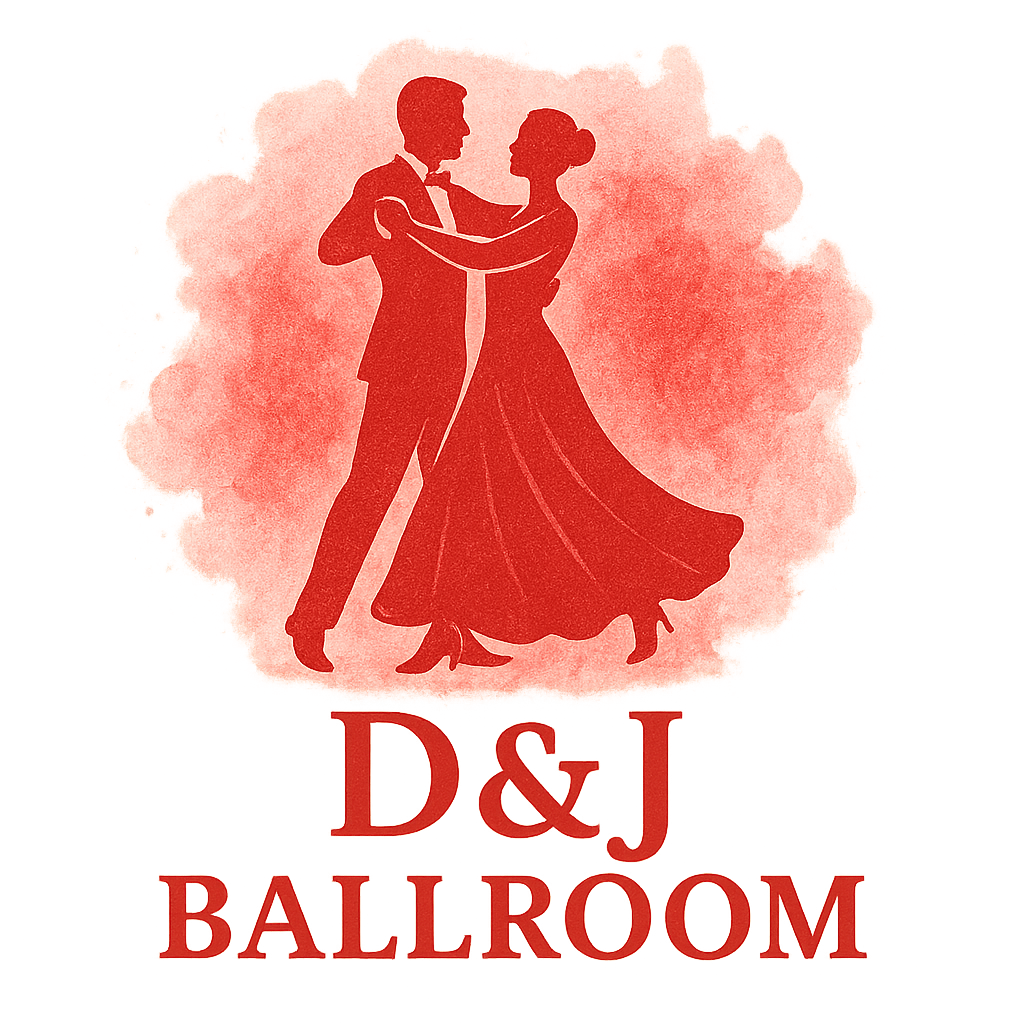Introduction to Ballroom Technique Drills
When you first step onto a ballroom floor, everything can feel overwhelming. The music, the lights, the elegance—it’s like entering a different world. But behind every graceful step and fluid turn lies a foundation built on consistent ballroom technique training. These exercises are the building blocks that help beginners transition from stiff and uncertain movements to confident, smooth, and expressive dancing.
Why Technique Drills Are Essential for Beginners
You wouldn’t build a house without laying a strong foundation, right? The same goes for ballroom dancing. Technique drills help beginners develop muscle memory, body awareness, and rhythm. They’re not just repetitive motions—they are the secret sauce behind flawless ballroom performances. By focusing on drills, you’ll dance smarter, not harder.
Drill 1: Posture Alignment Exercise
Importance of Proper Posture
Posture is everything in ballroom. A straight spine, lifted chest, and relaxed shoulders make you look elegant while also improving your balance and connection.
Step-by-Step Practice
- Stand tall with feet together.
- Imagine a string pulling you upward from the crown of your head.
- Keep your shoulders back but relaxed.
- Practice holding this position for one minute at a time, gradually increasing duration.
Drill 2: Basic Frame Hold
Partner Connection
Your frame creates the physical and emotional link between partners. A strong yet flexible frame allows smooth communication.
Maintaining Balance
Practice holding your partner’s hands or an invisible frame in front of you. Maintain a gentle resistance to build stability while avoiding stiffness.

Drill 3: Walking with Rhythm
Counting Beats
Every dance style has a rhythm. Practice walking to music by counting “1, 2, 3” for waltz or “1, 2” for tango.
Smooth Weight Transfer
Focus on rolling through your feet—heel to toe for forward walks, toe to heel for backward.
Drill 4: Rise and Fall Movement
Waltz Foundations
Rise and fall is the heartbeat of the waltz. This drill helps you develop elegance.
Controlled Execution
Practice bending knees slightly on counts 1 and 2, then lifting through ankles on count 3. Repeat until movements feel natural.
Drill 5: Spotting Technique
Preventing Dizziness
Spotting helps you stay oriented while spinning. Pick a point in front of you and return your gaze to it with each turn.
Practicing Spins Safely
Start with half-turns before progressing to full spins, keeping your head movement sharp and controlled.
Drill 6: Footwork Precision
Heel-Toe Awareness
Precise footwork separates beginners from advanced dancers. Practice placing your heel first when moving forward and toes when moving backward.
Consistency Across Styles
Repeat the drill with different ballroom dance styles to adapt to waltz, tango, or quickstep.
Drill 7: Partner Frame Resistance
Building Strength
This drill develops the subtle pressure partners need to communicate leads and follows.
Enhancing Lead and Follow
Stand opposite your partner, apply gentle resistance, and move together without losing connection.
Drill 8: Basic Turning Drills
Natural Turns in Waltz
Practice half and full turns while focusing on maintaining your posture and balance.
Pivot Control
Use your core muscles to rotate, not just your feet. This ensures smoother and more controlled turns.
Drill 9: Timing and Musicality
Feeling the Music
Ballroom isn’t just about steps—it’s about dancing to the music. Listen carefully and let the rhythm guide your movement.
Matching Steps to Beats
Clap along to the music first, then match your steps to the beat. This builds natural synchronization.
Drill 10: Floorcraft Awareness
Navigating the Dance Floor
Think of ballroom events as traffic rules for dancers. Practice moving with your partner in different directions while avoiding obstacles.
Respecting Other Dancers
Learn to adjust your path gracefully when the floor gets crowded.
Drill 11: Arm Styling Basics
Expressing Emotion
Your arms add flair and emotion. Practice extending them softly without breaking posture.
Controlled Extensions
Work on smooth, fluid arm movements that complement your steps, not distract from them. For inspiration, explore ballroom attire and fashion that enhances expression.
Drill 12: Breathing and Relaxation
Reducing Tension
New dancers often hold their breath, which makes movements stiff. Practice breathing evenly while dancing.
Improving Flow
Relaxation brings fluidity. Inhale before a move, exhale as you complete it—this creates natural motion.
Additional Tips for Ballroom Beginners
- Practice short sessions daily instead of cramming once a week.
- Record yourself to track progress.
- Dance in front of a mirror to check posture and alignment.
For more insights, check out this guide on ballroom history and culture.
Common Mistakes to Avoid in Technique Drills
- Locking knees too much during practice.
- Forgetting to breathe during drills.
- Ignoring partner communication.
- Practicing without music (timing matters!).
Benefits of Consistent Practice
When you repeat these drills regularly, they become second nature. You’ll notice improved balance, smoother steps, stronger connection with your partner, and most importantly, more confidence on the dance floor. This consistency is what helps dancers prepare for competitions and social events.
Conclusion
Ballroom dancing isn’t about flashy moves alone—it’s about mastering the basics first. These 12 ballroom technique drills are your stepping stones to elegance, rhythm, and confidence. Stick with them, and soon you’ll move across the dance floor with the same ease and grace you admire in professional dancers.
FAQs
Q1: How often should beginners practice ballroom technique drills?
Aiming for 15–30 minutes a day is ideal. Consistency matters more than long sessions.
Q2: Do I need a partner to practice these drills?
Not always. Many drills like posture, spotting, and footwork can be done solo.
Q3: How long does it take to see improvement?
Most beginners notice progress within 4–6 weeks of consistent practice.
Q4: Should I focus on one drill at a time or mix them?
Start with one or two drills until you’re comfortable, then gradually mix them for a more natural flow.
Q5: Can these drills help in competitions?
Absolutely. Strong fundamentals give you the edge in competitive ballroom dancing.
Q6: Is posture really that important in ballroom dancing?
Yes! Posture impacts balance, appearance, and partner connection. It’s the foundation of ballroom.
Q7: What’s the biggest mistake beginners make when practicing drills?
Practicing without intention. Always stay mindful of posture, rhythm, and connection.


